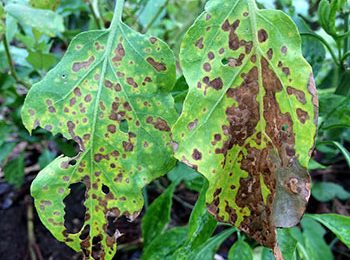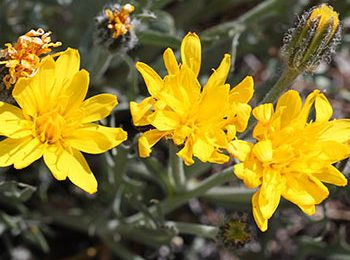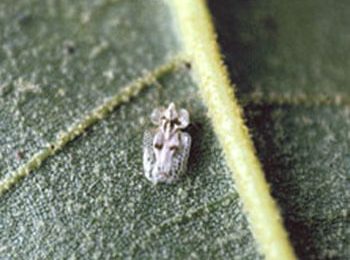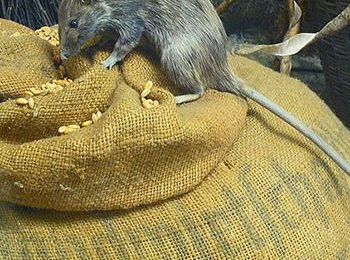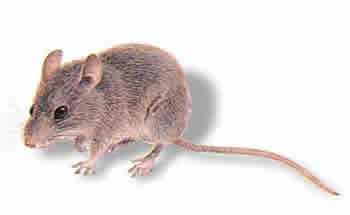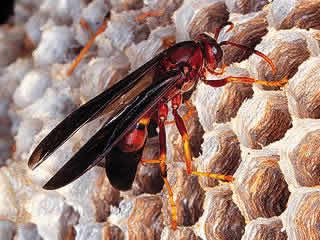Cercospora Leaf Spot
This fungus causes irregularly shaped brown spots on leaves, varying in size from pinpoints to half an inch across. They often merge to cover whole leaves and may cause early leaf drop. The centers of large spots become grayish on the upper surface of leaves as a result of spore production by the fungus.
